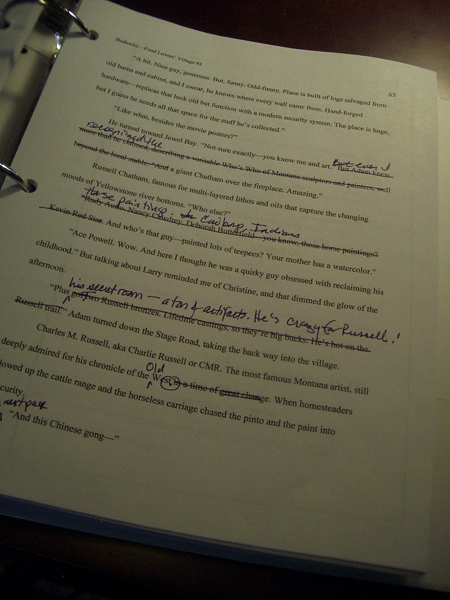
I often talk here about the importance to writers of reading as a writer, of developing the ability to identify why a book or essay or poem has a particular effect. When you begin to understand the power of certain tools, you can decide how, or whether, to use them in your own work.
Today is Martin Luther King, Jr. Day in the US. We’ve all heard recordings of Dr. King’s speeches and we know that part of their power came from his delivery—his voice, his use of dynamics, his pauses and gestures. But you can feel the power even when you read the words on the page, as my college rhetoric professor, a wonderful old Jesuit, showed me 40 years ago. Smarter people than I have dissected King’s use of rhetorical devices—the 1963 “I Have a Dream” speech is particularly noteworthy—and their research is worth a closer look. Let me pique your interest with a quick look at three commonly-quoted lines.
“Injustice anywhere is a threat to justice everywhere.” — The two key phrases, “injustice anywhere” and “justice anywhere,” are parallel in structure, but justice is contrasted against injustice, and the change from anywhere to everywhere uses parallel, rhyme, and contrast, emphasized by the potent phrase “a threat” in between.
“Darkness cannot drive out darkness; only light can do that. Hate cannot drive out hate; only love can do that.” — Another powerful example of parallels and contrast.
“The time is always right to do what is right.” — This short line combines two cliches, but takes its power from contrast, through the use of the wo different meanings of the simple word “right.”
Think about how you use contrast and parallel structure in your sentences. Dialogue and scene and chapter endings offer lots of opportunities to use these tools. A common tool in revision is to identify the strongest line of dialogue and make sure everything else leads to it. Can you give that line even more punch with rhetorical devices—the ones I’ve mentioned or others? What about the last line in a scene or chapter, which sums up the action and creates a turning point? How can you use rhetorical structure to make sure the reader keeps reading? As you read or listen to Dr. King’s speeches today, and as you hear other speeches in the days ahead, listen as a writer.
Go forth, and do good.
